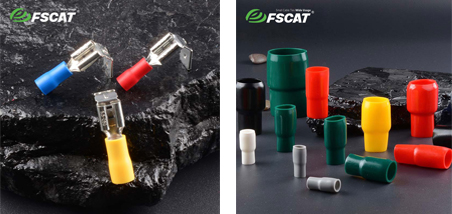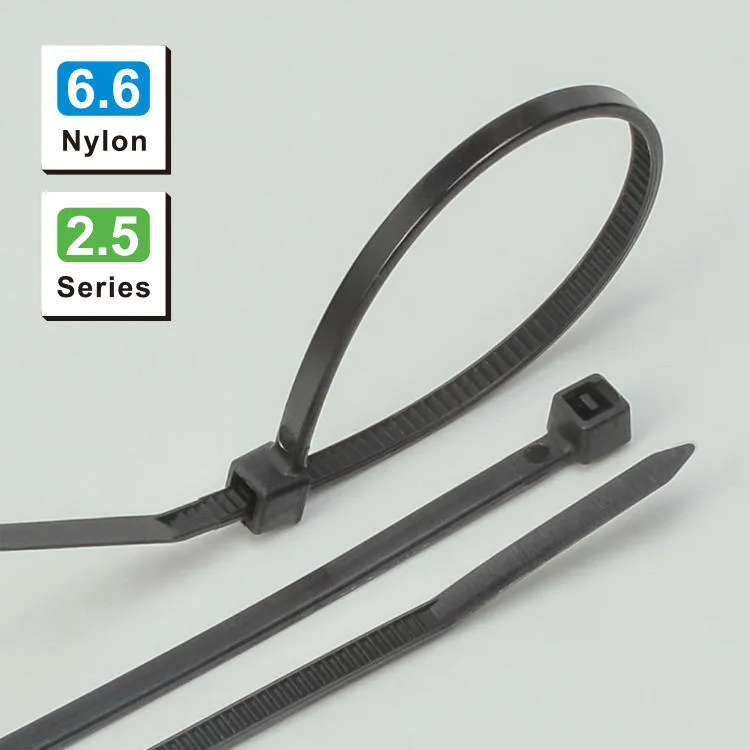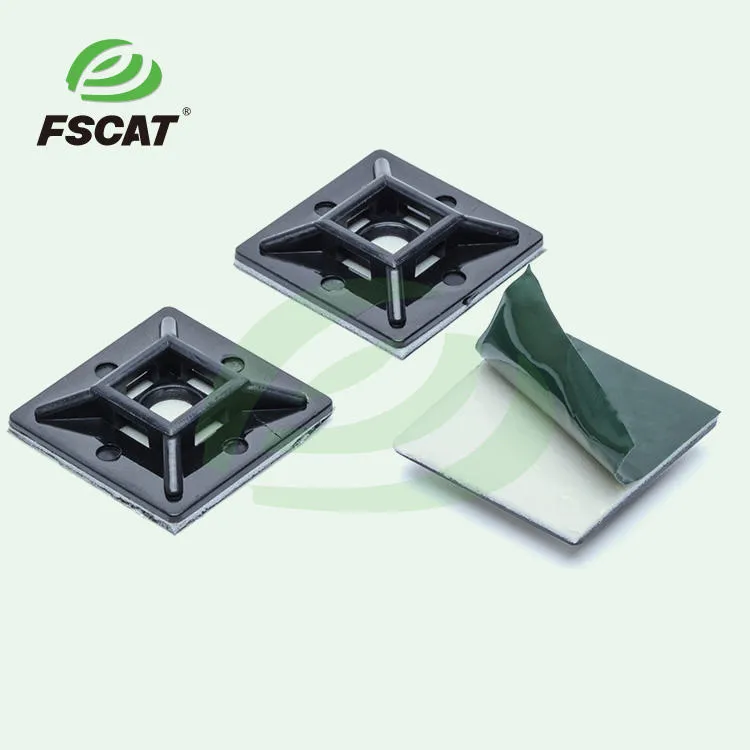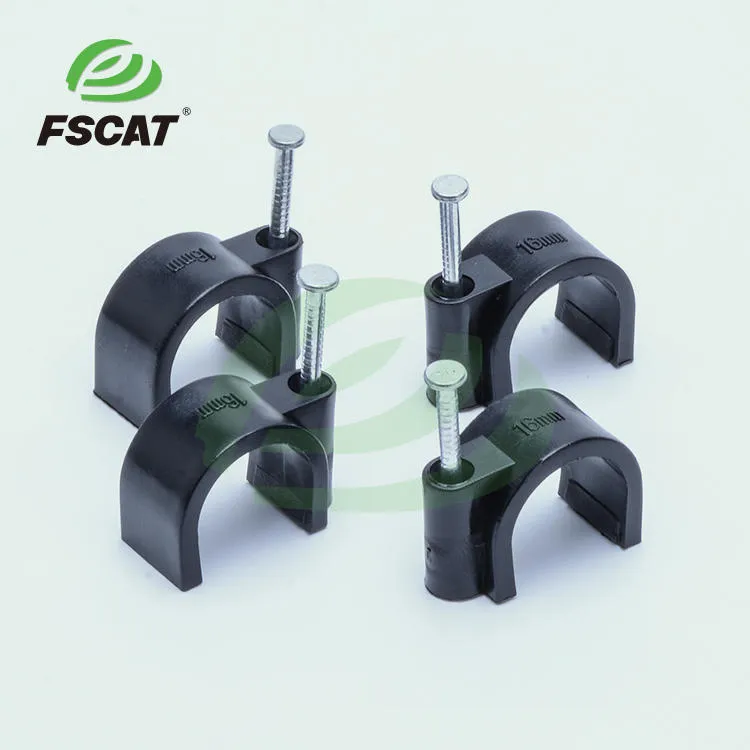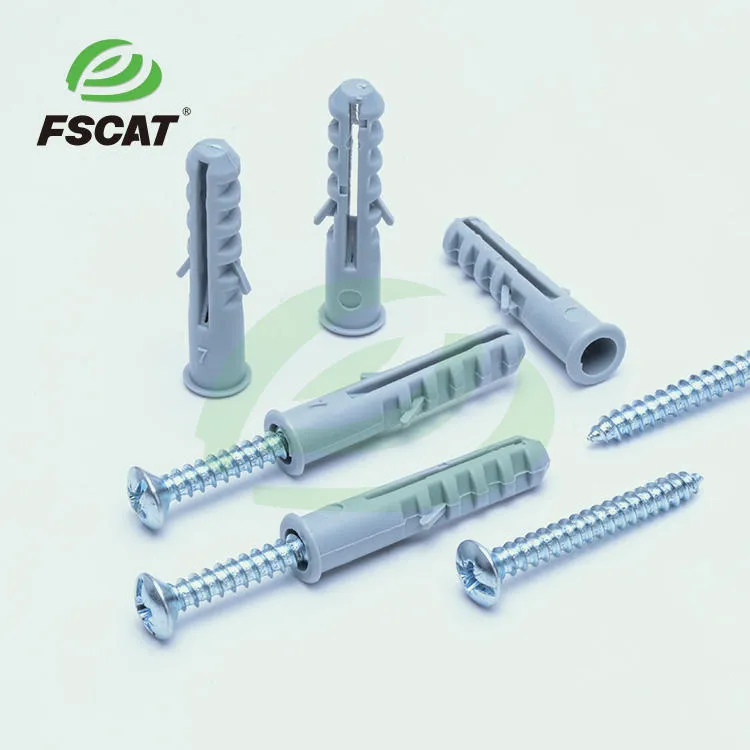Technical innovation, Precise connection——How to Crimp Insured Terminals?
By integrating smart chips or using special materials, insulated terminals can achieve accurate transmission and real-time monitoring of electrical signals, providing safe and reliable connection solutions for application scenarios such as smart homes and smart cities.
Functions and effects of insulated terminals:
1. Connecting wires: The insulated terminals can firmly connect two or more wires together through the holes and fastening screws at both ends to ensure the smoothness of the circuit.
2. Protecting the circuit: The insulating plastic shell can effectively isolate the contact surface between the wire terminal and the connector, preventing direct contact between different potentials and leakage of current, thereby protecting the circuit from damage such as short circuit and leakage.
3. Improving connection stability: The insulated terminals can reduce the resistance of the wire connection, improve the stability and reliability of the connection, and ensure that the circuit can still maintain good performance during long-term use.
Crimping insulated terminals is a common electrical connection method used in a variety of electrical and electronic equipment. Here are the general steps and precautions:
Preparation:
Make sure you have the correct type and specification of insulated terminals and the appropriate crimping tools (such as wire crimping pliers). Confirm that the circuit is de-energized to ensure safe operation.
Stripping insulation:
Use wire strippers or wire stripping tools to strip the insulation of the wire to expose a sufficient length of conductor. Make sure the stripping length is suitable for the selected insulated terminal.
Prepare insulated terminals:
Choose a suitable insulated terminal, ensure that its internal diameter can accommodate the conductor of the wire, and the length of the insulation sleeve should be able to cover the exposed wire conductor part.
Insert the wire:
Insert the stripped wire conductor into the conductor slot of the insulated terminals. Make sure that the conductor is completely inside the terminal and avoid exposure.
Crimping:
Use wire crimping pliers or a dedicated crimping tool to press the crimping part of the insulated terminal tightly. Make sure the crimping is uniform and sufficient to ensure good electrical connection and mechanical strength.
Inspection:
After crimping, check the connection between the insulated terminal and the wire to ensure that there is no exposed conductor or uncompacted part to provide good insulation protection.
Test:
Restore power to the circuit and perform necessary tests to ensure that the connection is reliable and the electrical performance meets the requirements.
